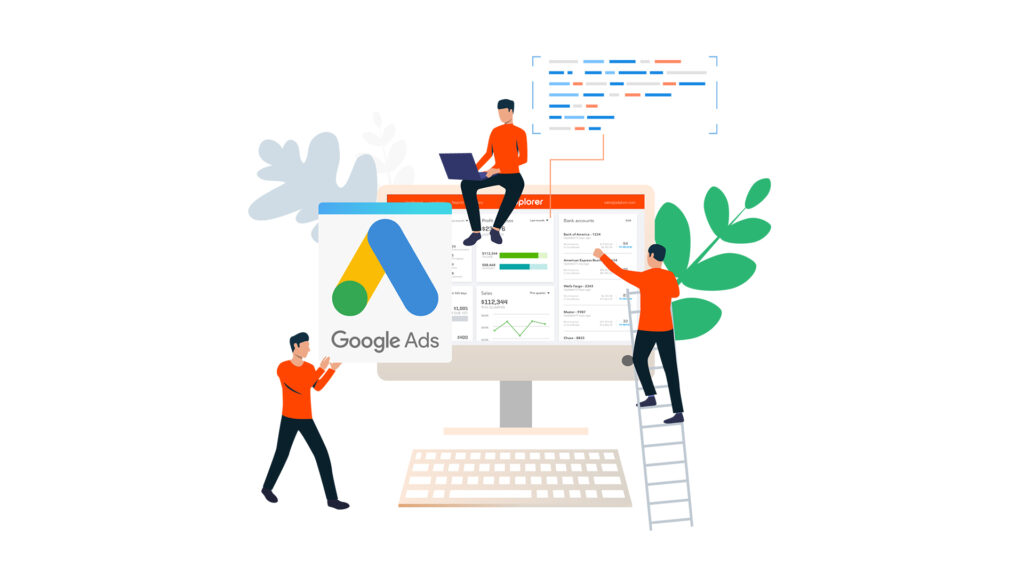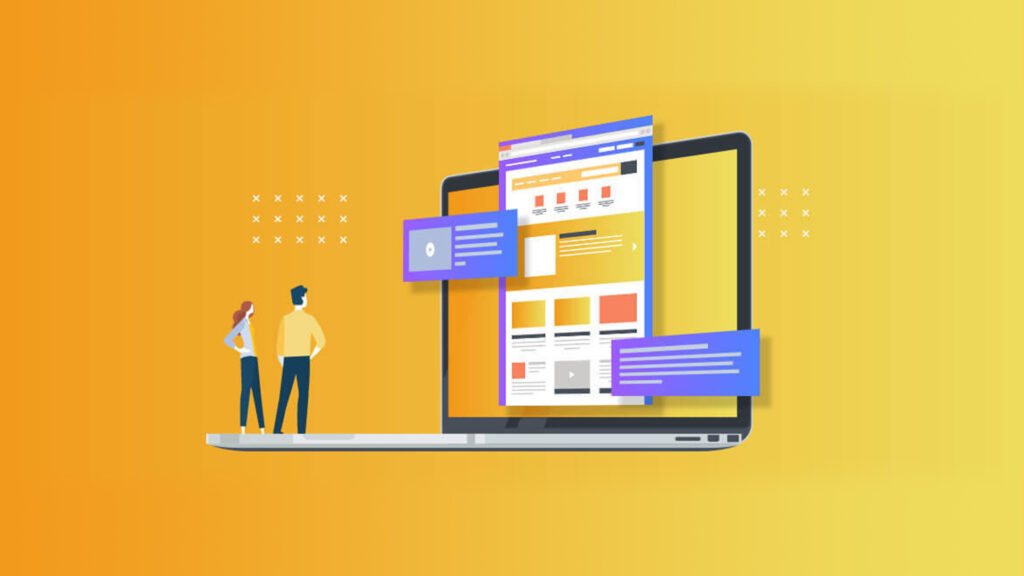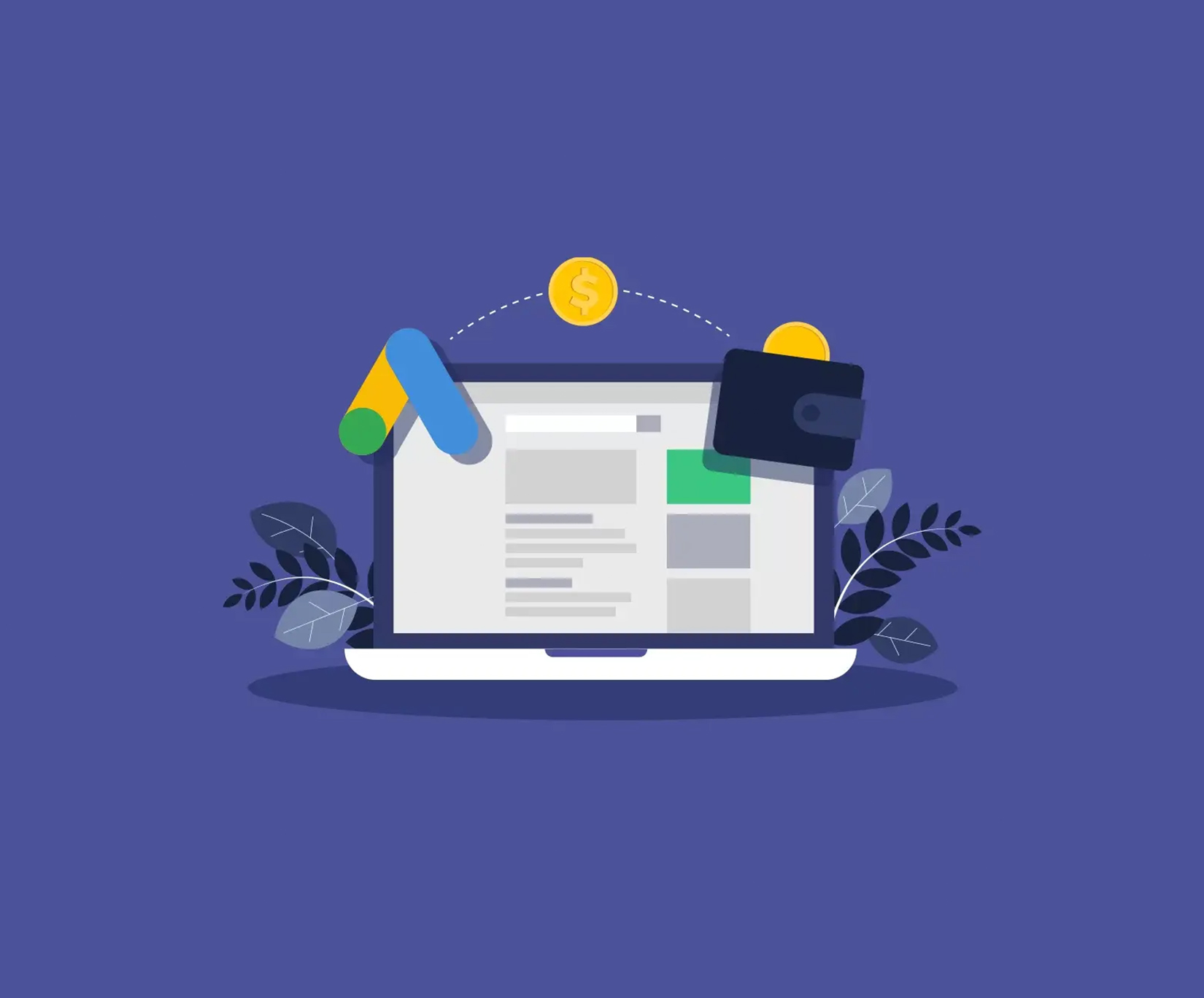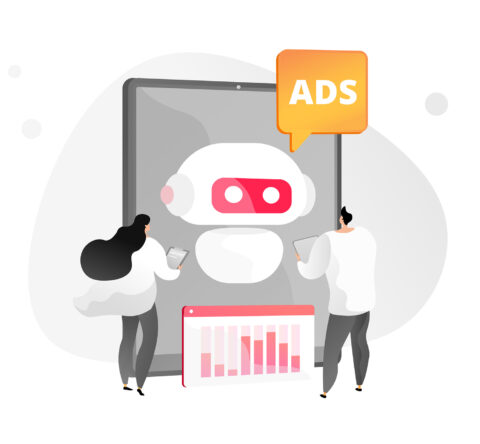A landing page on your website is designed for conversion. When a customer clicks on the links, emails, or other ads, that is the destination they end up reaching. Once the customer lands on the page, it is encouraged to take specific actions, like purchasing a product or service. When the customers take the action that the page is designed for, it means that the landing page is converting.
Be aware that landing pages are different from generic web pages. You need to be aware of the best practices for optimizing a landing page for Google ads, as optimization leads to a high-quality conversion page.

Google ads need to speak the language of the customers and exceed their hopes. So, without deteriorating any time, let us understand what the best practice is for optimizing a landing page for Google ads.
Enabling sharing of the content of your landing page
Ensure that the content is informative and unique. Be aware that customers have their own near and dear ones with whom they are connected. They could also be interested in your products. A few experts may harp on the fact that social buttons on the landing page may be a distraction.
Sharing means you can capitalize on customer networks. It is not only about driving more customers to your web page; the additional traffic makes your website rank high on the search engines. This is good for all advertising campaigns, including Facebook and Google ad campaigns.
Provide your contact details
You need to give the customers the option to contact you if they have any concerns, as they will be more confident and at ease. This may also include those who will not contact you. But this is going to enhance their confidence.
Providing contact details to your customer shows that the business is legitimate. It gives a sense of satisfaction to the customer that you are able to address all their queries.

Formulate scarcity strategies
Like a popular marketer, I incorporate strategies like “2 days left,” “limited quantity,” and limited period offer.” Customers are compelled to buy since waiting increases their chance of losing out or missing out on a deal. This entails making your goods or services appear to be in high demand.
Enhance the loading speed of your landing page
If you ask someone what the best practice is for optimizing a landing page for Google Ads, they will mention loading speed. According to research, 70% of users agree that a website’s loading time affects their purchasing choice. There is nothing worse than a slow-loading landing page. Make sure that even on a mobile device, the Google AdWords landing page loads in no more than 3 seconds.
The call to action has to be visible and above the fold
The upper section of the newspaper’s first page is referred to as the fold. The call to action should be mentioned in that section. You need to avoid a call to action that confuses your customers. The product has to be simple and straight to the point. On the other hand, the call-to-action button should be large and conspicuous to attract the customers eyes.
If there is space around the fold, insert trust signals. This provides another reason for the customer to trust you by inserting logos of relevant publications that have previously featured your service or product. You may use short features to describe the feature or opt for a 5-star rating.
Social proofs to be used
Customers are likely to be interested in a product that is used by others. If you have such happy and satisfied customers, you can ask for testimonies and include them in your Google Ads landing page. Social proof encourages customers to purchase more and test your products for themselves too. Consider working with experienced customer success experts to help you implement effective social proof strategies and attract new buyers.

The style and language that you use on the landing page should match up with Google ads
Make sure that the language and style that you use on the landing page align with Google ads. An example is that H1 on the landing page should match the meta title used on your ads. Doing so ensures that the customers have clicked on the right link. There is another strategy to be used, like dynamic landing pages for Google ads, when you run multiple ads and different H1.
The search engines and the customers could consider this mismatch as deceptive and misleading, hampering your reputation. Avoid this to build trust and boost your search engine ranking.
Showcase your service or product in use
Is your product uncommon or unique? Showcase more about your product using a short or a demo video. This is informative, as the customers can visualize using your product.
Different variations of your landing page are to be tested
Product descriptions, different copies, images, taglines, keywords, CTAs, and others are known to produce different results. Which works out to your advantage? To determine its power, you need to use A/B tests to experiment with various versions of your web page.
It is better that you settle for the variation that brings in the most performance. This is the perfect answer to the question of what the best practice is for optimizing a landing page for Google ads.
Using a clear and attractive copy
Have you ever flipped to the backside of a cereal page? The copy should be simple, as it has to be clear for everyone to understand it. A few of the products may require longer copies and therefore longer loading pages. The best Google ads focus on keeping things simple.
Use short and few paragraphs with a substantial amount of bullet points. It is advised that you stay away from cluttered copy by making it clear, engaging, and attractive to your customers.
Rely on video to convey your message
In modern times, customers are hard pressed for time. Most of them do not have the time to go through your product offerings along with their specifications. Due to this reason, the popularity of video ads is increasing day after day. Resorting to the use of text and video is a viable way to capture the interest of the customers.
To conclude, the landing pages for Google ads need to accomplish the purposes that the customers expect when they click on Google ads. It has to be kept in mind that the landing pages are the destinations where the leads get to and from where the Google ads are posted.
For more such informative blogs, Connect with GTECH.
Related Post
Publications, Insights & News from GTECH








